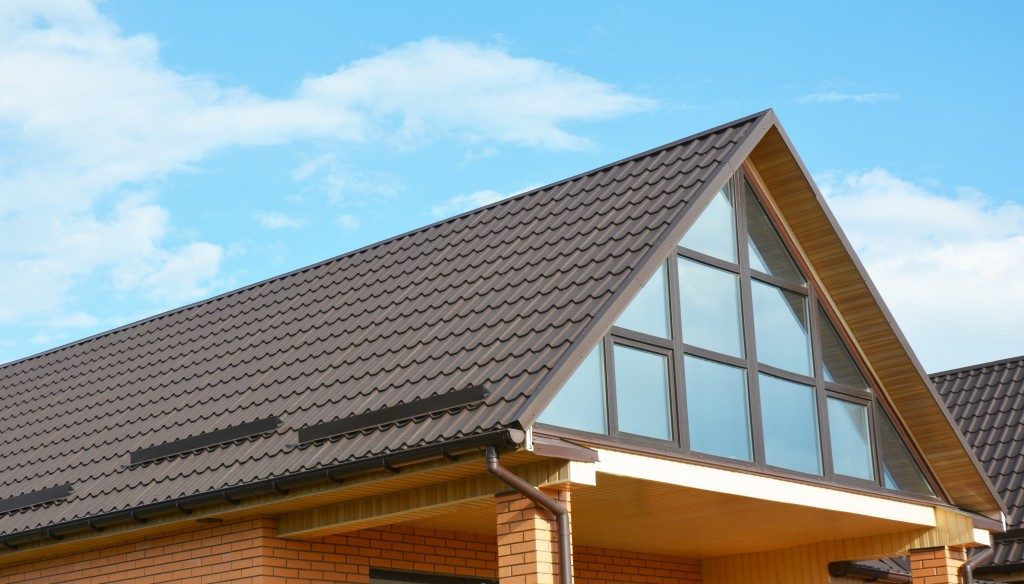Water damage protection is important for the upkeep of your property. This type of damage triggers a fast deterioration of your entire building. small steps such as repairing leaking taps will have a considerable effect on water damage protection but these are not enough. In fact, do not just focus on the taps. When it comes to water damage, it’s easy to forget the roof.
Fortunately, you can still do something about it.
Though the use of gutters has significantly increased recently, you need something else to channel the snow from your roof. A snow guard can handle this.
Roofs made from corrugated PVC sheets in the UK have smooth surfaces. They do not easily absorb water from melted snow or the ice. When this slides off, it will cause considerable damage on the ground around your property, as well as the walls.
Snow guards resemble tabs and are strategically placed on your roof. They trap melting snow to avoid large ice blocks from falling off (a disaster that would cause crashes on the roof plus damage around your foundations and walls). This allows the melted snow to seamlessly flow into your gutters and away from your home. Other than even snow weight distribution, the snow guard prevents the overloading of your gutters by the snow.
If you don’t have a snow guard, consider the following alternatives.
Small Profile Clip-Style Guards
These have pad areas measuring four square inches at most. The pad area provides friction to keep the ice blanket of your roof in place. Small profile clip-style guards are attached to your roof starting at the eaves and running to or near the roof’s peak. In most cases, professionals install light clip-style guards high on the roof while high-density ones are installed near the bottom area of the roof. Small profile clip-style guards are popular because of their inconspicuous nature.
Large Profile Clip-Style Guards
These have pad faces of at least four square inches. They act more like barriers to the movement of snow, much like fences. Large profile clip-style guards are often installed in rows or slightly staggered rows about 12’’ from the edge of your eaves. You can use extra rows if your roof pitch is steep or your region experiences heavy snowfall.
Bar-Style Guards

These feature a continuous rectangular bar length installed on your roof horizontally. You often need one row of bar-style guards, but you can use more depending on your roof’s pitch and the peak-eave distance. The guards have a clean and streamlined look that suits modern roof designs.
Fence-Style Guards
These are strong retention guards installed in places with high snow loads and on steep roofs where even small loads can cause considerable damage. They comprise of at least two vertical-oriented tubes, which are similar to split rail fences. The fence-style guards are often used in properties with custom designs and in those where a traditional look is desired.
You can mount these snow guards on your roof to give it additional protection. You can also go for clamps, mechanical fasteners, adhesive and peel and stick tape. Either way, you should let professionals handle the installation of your roof, gutters and snow guards to ensure exceptional water damage protection for your property.

